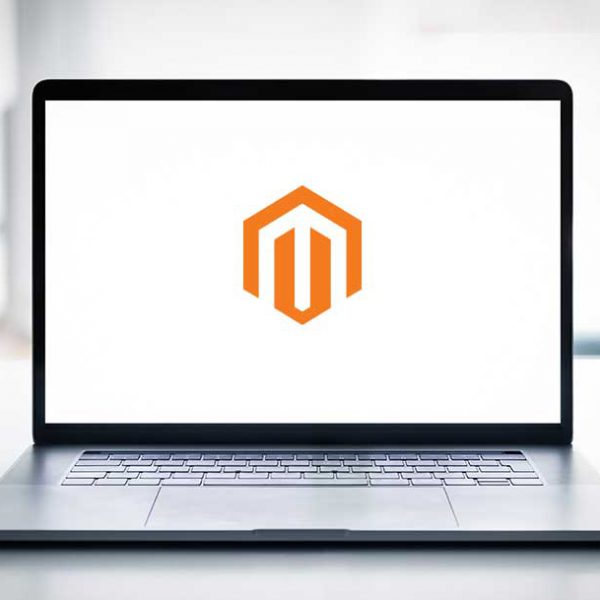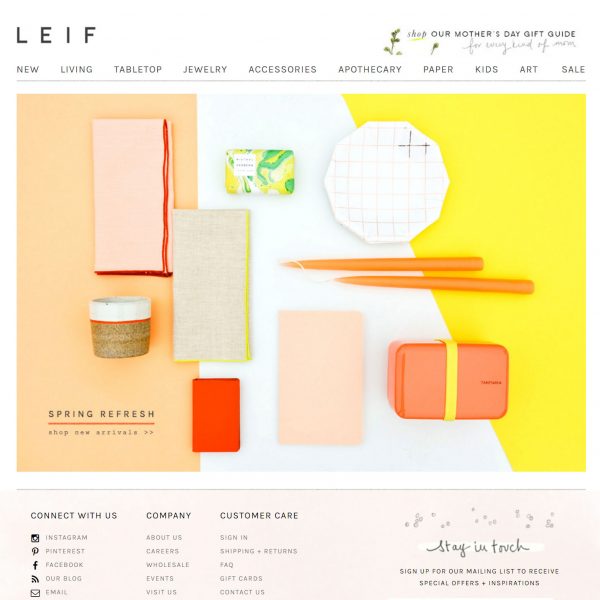Have you ever considered why customers are choosing a competitor’s product over yours? I bet you have. I see businesses time and time again say “Oh, we just need X feature” or “we just need to spend more on marketing”. But, have you ever considered it might be a branding problem?
“Surely all I need is cool name and logo, and my brand will reign supreme and win millions of customers, right?” If only it were that simple.
Branding is about giving your store an emotive reason WHY a specific audience would choose YOUR business over other viable alternatives.
So, what is a brand?
Hint, your brand is not your logo.
When I mention the brand ‘Apple’, what comes to mind? A specific product? Expensive? Their logo? Nice design? Creativity? A sense of joy (or frustration)? Microsoft? Whatever you think, chances are they’ll be different thoughts to the person next to you.
Your brand lives in the minds of your audience. It’s what a person thinks about your product or business. This notion is formed and altered with every interaction, every experience, every exposure an individual has with your business over time.
So, if your brand is what people think about you, what is branding? Branding is firstly about determining what you want people to think and feel about your brand — your competitive differentiation — to give you an advantage in the marketplace. Secondly, it’s about how you communicate and deliver this brand to your audience through the interactions they’re likely to have with your business.

Differentiate, Differentiate, Differentiate.
When people choose a Volvo over a Mercedes, are they choosing the Volvo because it’s a luxury sedan? No. Mercedes is also a luxury sedan. So is BMW. Are they choosing the Volvo because of the price or styling? Again, no. Chances are, when people choose a Volvo they are choosing safety over performance (BMW) or elegance (Mercedes). This is the Volvo brand positioning – ‘making the roads a safer place’. And for Volvo’s unique audience of ‘Parents who take pride in protecting their families’, Volvo has a compelling point of differentiation that enables them to be competitive, even though their cars might not have the same performance as a BMW, or the elegant styling of a Mercedes. ‘Safety’ is Volvo’s point of differentiation.
To find your meaningful differentiation, you need to look at four core elements.
- WHO are you talking to?
- WHO or WHAT you are wanting to beat?
- HOW you are going to beat them?
- WHY this is important to your audience.
Step 1: Know WHO you are talking to.
As a business owner it is important to know who your core target market is. That’s a great starting point, but we need to take this a step further.
Just like humans used to align themselves to Tribes via skin markings, brands that succeed today act as a symbol for the modern Tribe your audience wishes to belong to.
For example, Volvo’s WHO isn’t simply parents. It’s ‘Parents who take pride in protecting their families’. Apple’s WHO isn’t simply computer users. It’s ‘Creatives who want to do their best work.’ Spotify isn’t simply people who listen to music. It’s ‘Music aficionados’.
Step 2: Know WHO or WHAT you want to beat.
Basically, this is the competitive arena you will be competing in. For example, Volvo is wanting to beat other ‘luxury car manufacturers’. For extra points, here is where you can define an arch nemesis — a competitive muse — to help articulate where you stand in your competitive arena. An IBM to your Apple.
Step 3: Know HOW you are going to beat them.
You need to identify a core feature or benefit that you can use as the foundation for your brand. Something unique that you can deliver time-and-time again, better than anyone else — your competitive advantage.
Volvo’s competitive advantage is building safer cars. Spotify’s competitive advantage is giving users the ability to curate playlists.
Step 4: Identify WHY your audience should care.
Your WHY builds on your HOW from the previous step. It’s about taking that cold, functional competitive advantage, and turning it into WHY your customer should care.
Volvo’s HOW is ‘building safer cars’. Volvo’s WHY is ‘to keep your family safe’. Spotify’s HOW is ‘giving users the ability to curate playlists’. Spotify’s WHY is ‘to give you control over your music’.
Step 5: Delivering your Brand.
Brand touchpoints – the WHERE
A touchpoint is any point of contact between your business and your desired audience, where you can deliver on your brand. Touchpoints can include everything from customer service, to seeing an advertisement, reading a comment a friend posted on social media, or even seeing you at networking events. By identifying your core touchpoints, you can develop strategies on how you’ll deliver your brand at each of these points.
Brand signals – the WHAT
Branding signals are the physical ‘signatures’ that you use consistently to represent your brand. Signals can include everything from your logo and colours, to the language (or ‘voice’) and the images you use to the experience people have using your product. Steve Jobs famously wore a black turtleneck jumper in all his public appearances, becoming a signal of his personal brand. The trick is to develop signals that communicate your brand, and then be diligent about using them consistently.
Brand strategy – the HOW
Now you know WHERE you need to deliver your brand, and WHAT elements you’ll be using to represent your brand, you can figure out HOW to best deliver your brand at each touchpoint.
Summary
Your brand is one of the most important assets your business can develop. It defines who you are in the market, and why people should care. It can help you win customers, scale your growth, and even beat your competition.
Don’t worry about getting it perfect right off the bat. The important thing as a business owner is to have an awareness of branding and what your brand might be early on, so it has the chance to evolve alongside your product and business as you grow.
First published on SheStarts and BlueChilli




Thanks for writing this! I surf your site fairly often but just now decided to say hello.
Your posts have helped me out a lot so for that I thank you!
Keep up the great work!